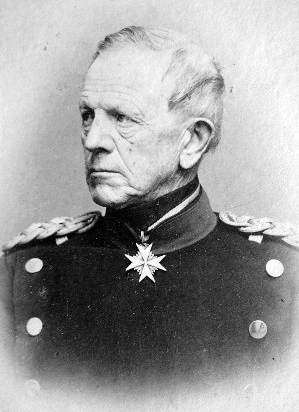This week, in honor of Lloyd Alexander's birthday on January 30th, I wanted to discuss the second book in my favorite fantasy series when I was growing up, "The Black Cauldron" from "The Chronicles of Prydain":
taking place more than a year after "The Book of Three," "The Black Cauldron" continues the story of Taran the Assistant Pig-Keeper.
he's a little older and wiser but still gets constantly trolled by
Ellidyr, Prince of Pen-Llarcau,
Newbury Honor book
Speaking of both series, Messr Alexander has sometimes been accused of ripping off Professor Tolkien's Middle Earth works but, in fact, both Prydain and Middle Earth draw inspiration from a number of the same myths and folktales, most notably the Mabinogion.
"The Book of Three" begins with an orphan named Taran who is on the cusp of manhood and who yearns to become a great hero. Unfortunately for him, he's stuck on a remote farm that's also home to his guardian, retired soldier Coll, and the great wizard Dalben. Taran is rather full of youthful arrogance and more than a bit bratty and naïve, which sounds more than a bit like this guy:
Taran heads after Hen Wen to try to get her back and runs smack dab into his hero, the High Prince Gwydion! An unexpected adventure ensues and, on the way, he meets various companions, faces darkness and danger, encounters extraordinary beings and learns that "being a hero" is rather different from his daydreaming.
"The Book of Three" an epic story of the struggle against a Dark Lord but is also filled with understandable and memorable characters facing very human problems. Like Ursula K. Le Guin's wonderful "Wizard of Earth Sea" (which I discussed last year), "The Book of Three" creates a brilliantly realized fantasy world yet the writing is also sophisticated and the characters are grounded.
Messr Alexander is able to retain the fairy tale elements whilst also giving us characters who feel pain and yearning. The best and most touching part of the book, IMHO, is at the end when maturity begins to dawn upon Taran, who, when asked about what reward he would like, chooses to leave childish things behind and merely wishes to return home.
it is
Far be it from me to contradict Messr Alexander (the person who actually coined the phrase "High Fantasy"), but this tale isn't how I usually think about the term:
non-gritty low fantasy, I think - magic is rare and the main characters aren't super-heroic
The cauldron-born are indeed very memorable
first multi-part fantasy series that unfolded over a series of years
Here is the The Chronicles of Prydain segment from the excellent Lloyd Alexander documentary:
https://www.youtube.com/watch?v=sRQGPZt5Pc8








.jpg/1280px-Role_playing_gamers_(III).jpg)

